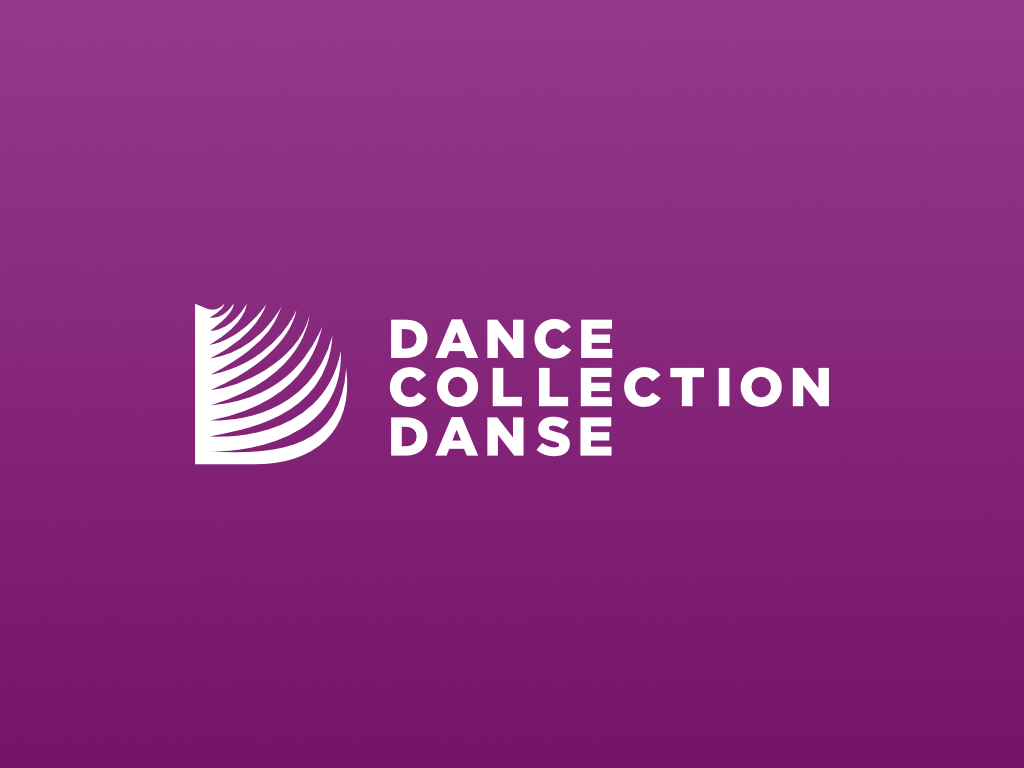Dance in Canada Magazine Number 1, 1973/1974
Added 26th Jul 2022 by Beth Kelly (Collections Manager and Archivist, DCD) / Last update 14th Dec 2022
The description of this Item
The collections that this item appears in.
Tag descriptions added by humans
Description of the objects in this Item
English (CA)
DCD's accession number for this Item. It is the unique identifier.
Auto-generated content
Tag descriptions added automatically
Auto-generated identification of objects in this Item
An autogenerated description of this Item
Auto-generated number of faces in the Item

